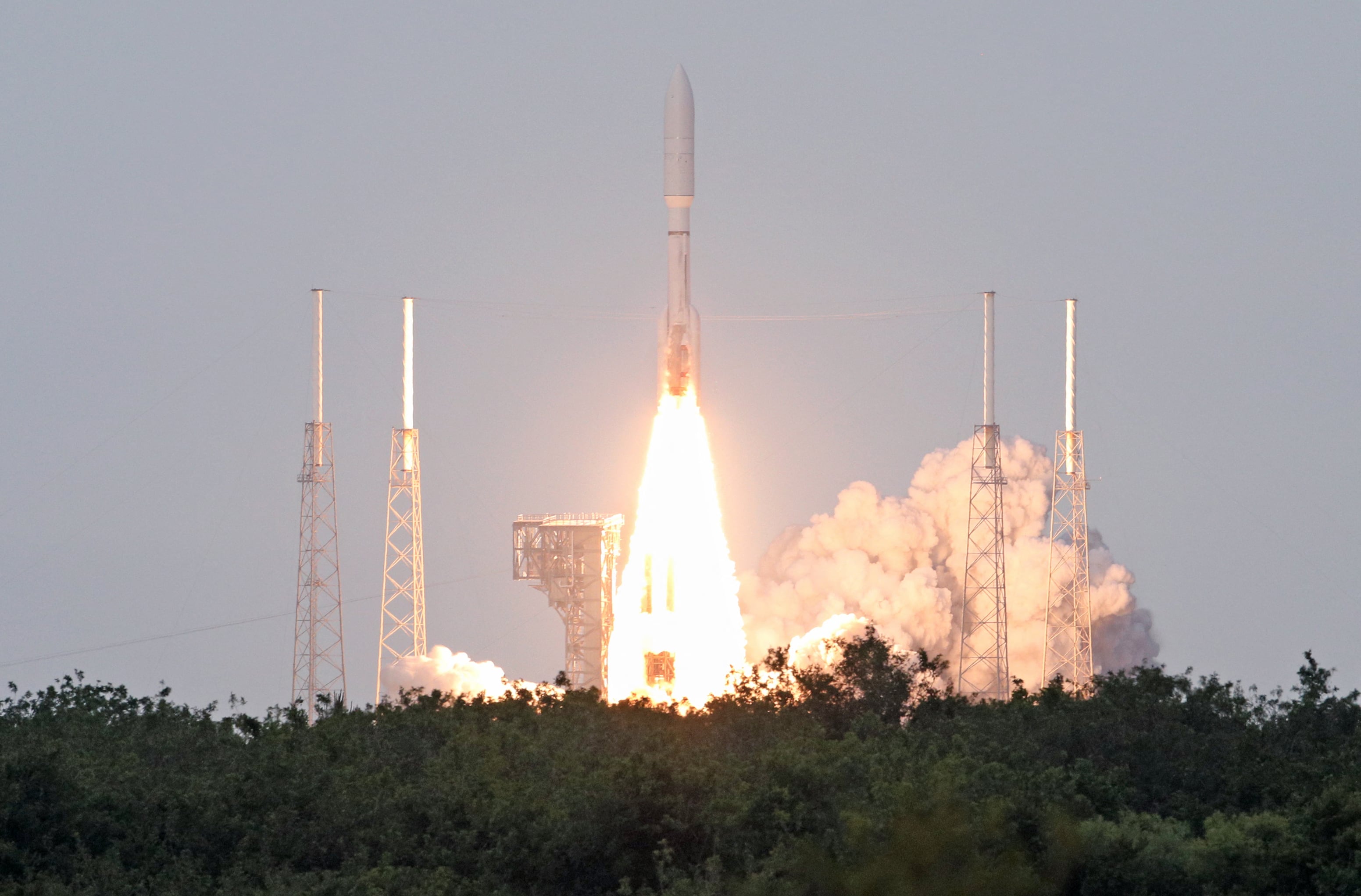While much of the national security community has had to rethink or delay operations and business practices because of the global pandemic, the Army’s cyber school has been able to carry on business as usual due to prior investments in online tools and virtual training environments.
“Our virtual training environment had existed prior to COVID and that was really what our students logged into and that’s where our training ranges are and where we do a lot of coding and where we … conduct our courses,” Col. Paul Craft, the Fort Gordon-based school’s commandant told Fifth Domain in an interview. “Because we had that environment, we were already prepared, we were already postured.”
This environment is called the Virtual Training Area or VTA. It is a conglomeration of open-source technologies that Army users can login from around the world on the open internet, not the closed DoD network, to access course prep materials, courses, tests or even to note curriculum changes.
Now, all the officer courses are conducted remotely in the unclassified environment. With the empty classroom space this creates, the enlisted student body can now meet in person and still follow Centers for Disease Control mandated social distancing standards.
For some of the classified material, officers still need to come into classes, also adhering to social distancing mandates and wear masks.
“We did not change. For us, it just occurred over a weekend where our students backed out and said ‘I’m going to log in [from home]' … continue to train like we were logging into that virtual training environment and we’re still going to conduct the classes,” Craft said. “We set up for a success that we didn’t know we needed to have.”
This change is especially important as the cyber school expanded to teach “operations in the information environment,” which incorporates how cyber operations, electronic warfare and information operations interact. Within the last two years, the Army merged the electronic warfare and cyber branches together.
While much of the rest of the world has been forced to either halt operations or drastically change practices, many within the military cyber community have been able to lean on technical advancements to continue training.
In addition to the Army Cyber School, U.S. Cyber Command is conducting its annual major training event in June almost entirely remote relying on a virtual training platform for the first time called the Persistent Cyber Training Environment.
Craft explained that when PCTE comes fully online for all of the Defense Department, the plan is to migrate operations from the VTA to PCTE to conduct their training.
Migrating to an almost entirely remote environment on the officer side has also allowed the school to open up more seats to more trainees since they aren’t limited to physical space. It’s also reduced travel costs for those who need training, Craft said. For example, personnel can take courses from their home stations without having to travel all the way to Fort Gordon.
Moreover, senior leaders are able to audit courses or even conduct guest speaking sessions right from their desks without having to travel to the cyber school.
Mark Pomerleau is a reporter for C4ISRNET, covering information warfare and cyberspace.








